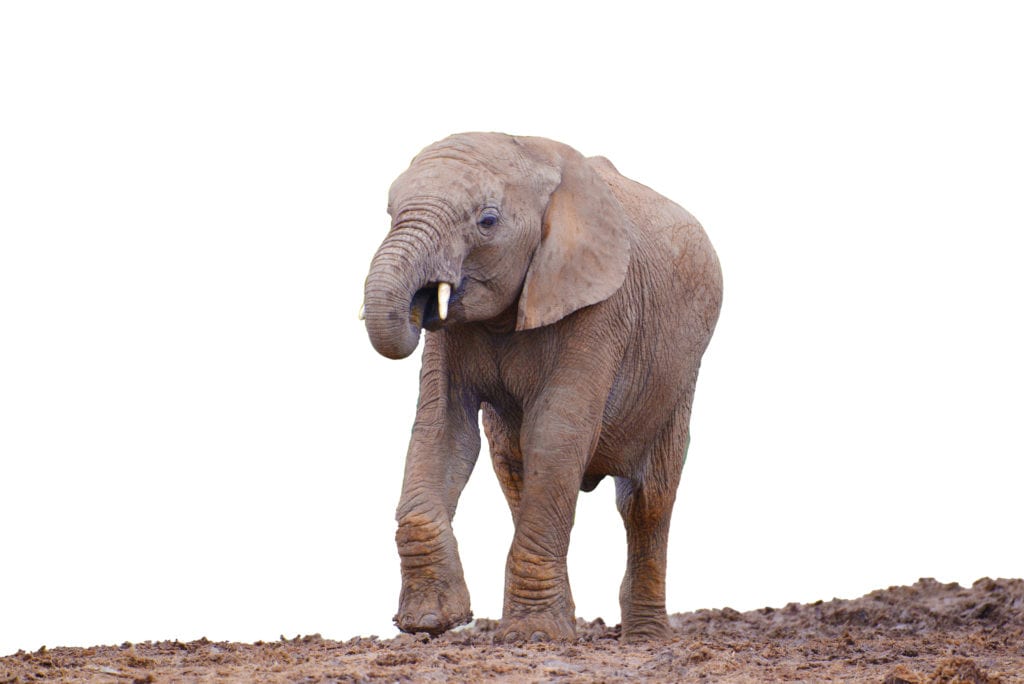Elephant Tusks Shrinking (March 19)


Why are elephant’s tusks shrinking? African elephants and Asian elephants (living in India) have smaller tusks today than those measured in the 1850s; in fact, they average half the length. Ivory trade statistics and hunting records have revealed this fact. Why is this happening?
Hunters target elephants with large tusks and have been doing so for decades. This has culled out the elephants with large tusks, leaving only the elephants with smaller tusks or no tusks to propagate. Tuskless elephants are ignored by hunters and so survive to pass on their genes to the next generation. This is not evolution but selective pressure by hunters; you could say artificially-imposed selection. The consequences of trophy hunting are also impacting the antlers of moose and the wild bighorn sheep, as they are also experiencing smaller antler sizes. When trophy animals are culled out of the population, their genes are not passed down to future generations; there is a loss of information. Once the genes for larger size are lost, they are gone forever! New useful, functioning information is never added to the DNA. What nature reveals is a deterioration and reduction of information and features. The world is indeed in “bondage to decay” (Romans 8:21 NIV).
Romans 8:20-21
Reference
Catchpoole, David. 2015. “Why the Elephant is Losing its Tusks (And it’s Not Evolution!)”, Creation,37 (1) 21.
Learn More
Why the elephant is losing its tusks (and it’s not evolution!)
